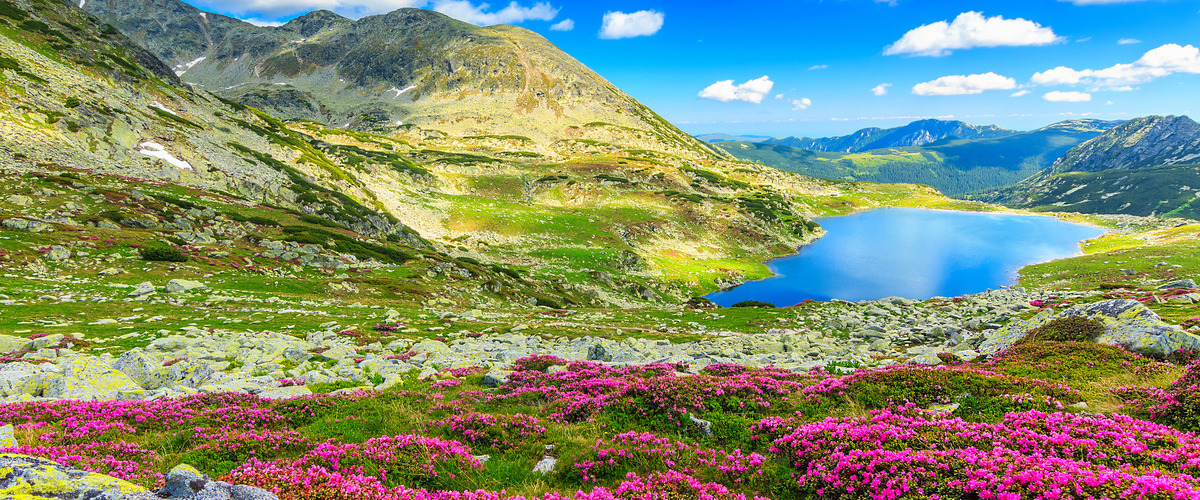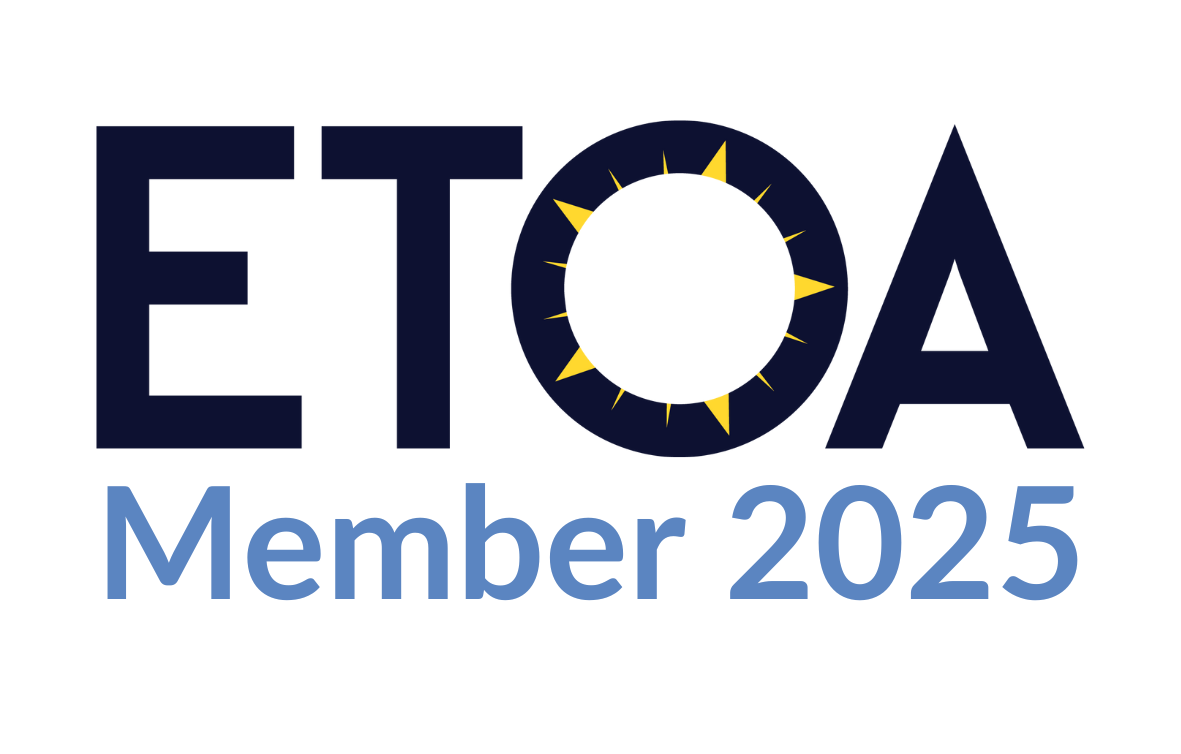Retezat National Park
This is one of the best known national parks of our country, with spectacular glacial reliefs formed during the Quaternary period and geological composition that makes the Retezat massif a distinctive wild landscape. Many of its peaks exceed 2000m altitude, countless glacial cirques and lakes together form an unmistakable geography, enhanced by different levels of vegetation. The remaining relief forms testify to the former existence of large masses of ice, that formed great valleys and lakes.
Here, Bucura Lake is the largest of the 82 Carpathian glacial lakes. Here are also some of the deepest glacial lakes (more than 20m): Zanoaga, Taul Negru, Galesul. The Retezat National Park is nicknamed "The Land of the Blue Eyes", due to the multitude of glacial lakes found in the massif and which represent approximately 38% of the total glacial lakes in Romania. Peleaga is the highest peak, at 2509m altitude.
The landscapes here are very impressive for mountain lovers: rocky scenery, high peaks, dense forests underneath, and sightings of the beautiful chamois! The chamois is Romania's oldest mammal, resident since the Quaternary Ice Age. Its rust-red fur has a black stripe along the back, which has earned it the nickname "black goat"; they are a spectacular find, if you are lucky and courageous enough to hike up to their "home"!
The mammals identified so far in the Retezat National Park, in number of 55 species, represent over 23% of the land mammals of Europe, which once again shows the diversity of the natural habitats present here. The park offers conditions for the survival of the most important large European carnivores: the wolf (Canis lupus), the bear (Ursus arctos) and the lynx (Lynx lynx). Large herbivores such as the deer (Cervus elaphus) and the roe deer (Capreolus capreolus) are also found in the park.
90 types of specific plants that are only found in Carpathians grow in Retezat Park. The existence here of more than a third of Romania's vascular flora is one of the reasons why it was declared a National Park. To these is added an approximately equal number of "inferior species" - bryophytes (moss), lichens, algae. Very important for the conservation of plants in Retezat are the more than 90 endemic taxa out of the total of 127-400 endemic taxa. Among the protected plant species present in the park, we mention: sedge (Draba dorneri), neck grass (Tozzia carpathica), lady's slipper (Cypripedium calceolus), yellow gentian (Gentiana lutea), bull's blood (Gymnadenia rhellicani), cornflower (Leontopodium alpinum) , the last 4 species being also designated Monuments of Nature in Romania. Also, many plant species have their classic place here, such as Barbarea lepuznica, Centaurea pseudophrygia ratezatensis, Oxytropis jacquinii retezatensis, Hypochoeris maculata var. carpathian, Festuca rupicola var. retezatensis.
Retezat is the first national park in Romania and was established in 1935. When it was established, the Retezat National Park covered an area of 13,000 ha (approx. 100 km2), which over time has continued to increase, currently reaching over 38,000 ha. The largest part of the park is in Hunedoara county (87%), the rest being in the administrative territories of Caras-Severin (11%) and Gorj (2%) counties. In the Retezat National Park we find 50 peaks above 2000m.
Things to do
- During the summer, the Retezat National Park, with its unique landscapes, awaits you with mountain hikes on marked routes, birdwatching, wildlife photography, etc. The floristic diversity of the Retezat National Park, which colors the mountain landscapes during the summer, is waiting for you to admire it. It's just like a peaceful oasis on the rooftop of the world!
- Also for active visitors who want to exercise, another option for spending their free time is cycling, which can be practiced on the forest roads in the Retezat National Park. Also, two of the 12 cycling routes arranged in Sara Hategului pass through the Retezat National Park.
- During the winter, those who visit the Retezat National Park can ski on the slope set up in the Rausor Tourist Complex. For those who are passionate about touring skiing, the natural setting offers multiple options for practicing this activity.
- On the territory of the Retezat National Park, climbing routes are arranged in Peretii Bucurii and Coltii Pelegii. The routes have different degrees of difficulty and can only be covered with specific equipment.
- If you want to visit this national park it's best that you have a moutain guide with you and you dedicate at least one day for it, because it's difficult to access it, and there are no accomodations inside the park, only on the neighbouring towns and villages at the foot of the mountains.
Info from www.retezat.ro




.png)




